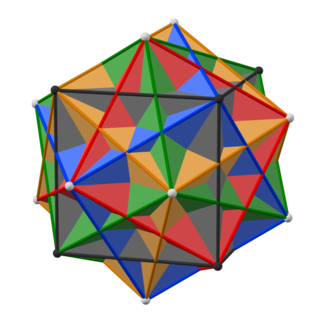In mathematics


It is a composite number; a square-prime, of the form (p2,q) where q is a higher prime. It is the third of this form and of the specific form (22.q), with proper divisors being 1, 2, 4, 7, and 14.
Twenty-eight is the second perfect number - it is the sum of its proper divisors: . As a perfect number, it is related to the Mersenne prime 7, since . The next perfect number is 496, the previous being 6. [1]
Though perfect, 28 is not the aliquot sum of any other number other than itself, and so; unusually, is not part of a multi-number aliquot sequence. The next perfect number is 496.
Twenty-eight is the sum of the totient function for the first nine integers. [2]
Since the greatest prime factor of is 157, which is more than 28 twice, 28 is a Størmer number. [3]
Twenty-eight is a harmonic divisor number, [4] a happy number, [5] a triangular number, [6] a hexagonal number, [7] a Leyland number of the second kind and a centered nonagonal number. [8]
It appears in the Padovan sequence, preceded by the terms 12, 16, 21 (it is the sum of the first two of these). [9]
It is also a Keith number, because it recurs in a Fibonacci-like sequence started from its decimal digits: 2, 8, 10, 18, 28... [10]
There are twenty-eight convex uniform honeycombs.
Twenty-eight is the only positive integer that has a unique Kayles nim-value.
Twenty-eight is the only known number that can be expressed as a sum of the first nonnegative (or positive) integers (), a sum of the first primes () and a sum of the first nonprimes (), and it is unlikely that any other number has this property. [11]
There are twenty-eight oriented diffeomorphism classes of manifolds homeomorphic to the 7-sphere.[ citation needed ]
There are 28 elements of the cuboid: 8 vertices, 12 edges, 6 faces, 2 3-dimensional elements (interior and exterior).
There are 28 non-equivalent ways of expressing 1000 as the sum of two prime numbers [12]
The cube of 12 (1728 = 123) contains a total of twenty-eight divisors (the third-smallest number after 1344 and 960, and preceding 2112).
28 is the smallest number that can be expressed as the sum of four nonzero squares in (at least) three ways: , or (see image). [13] [14]









